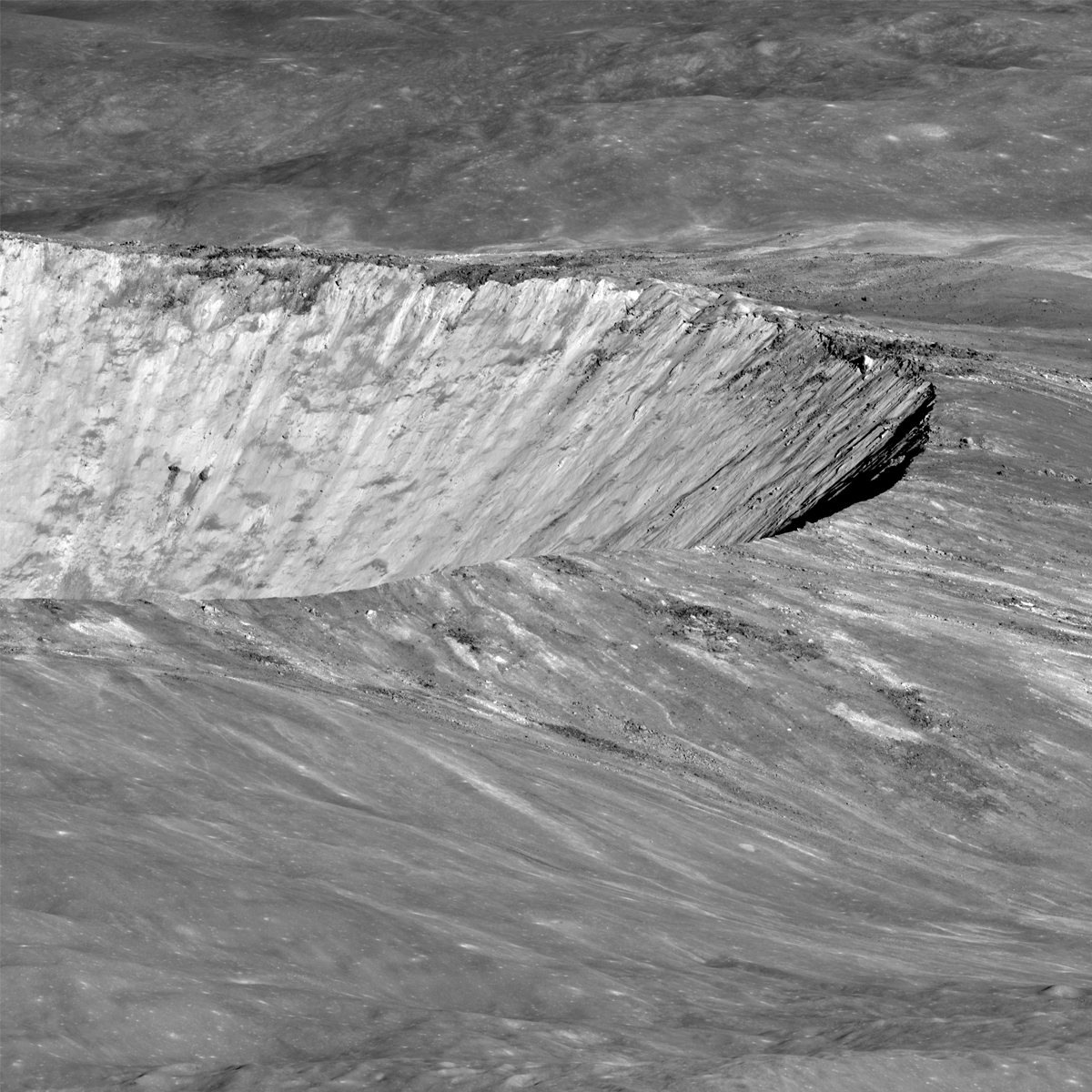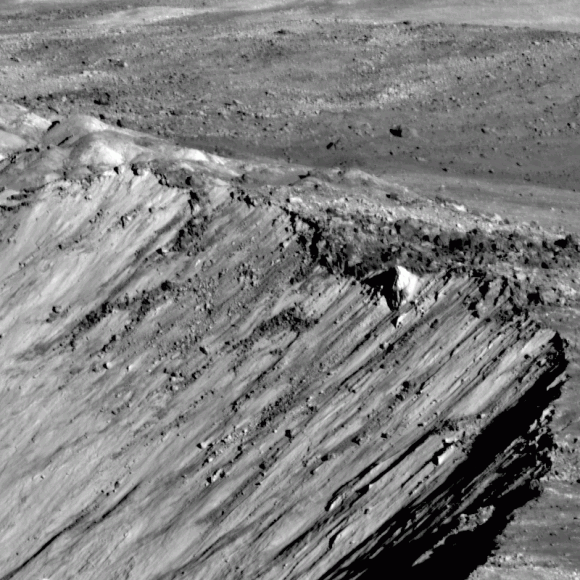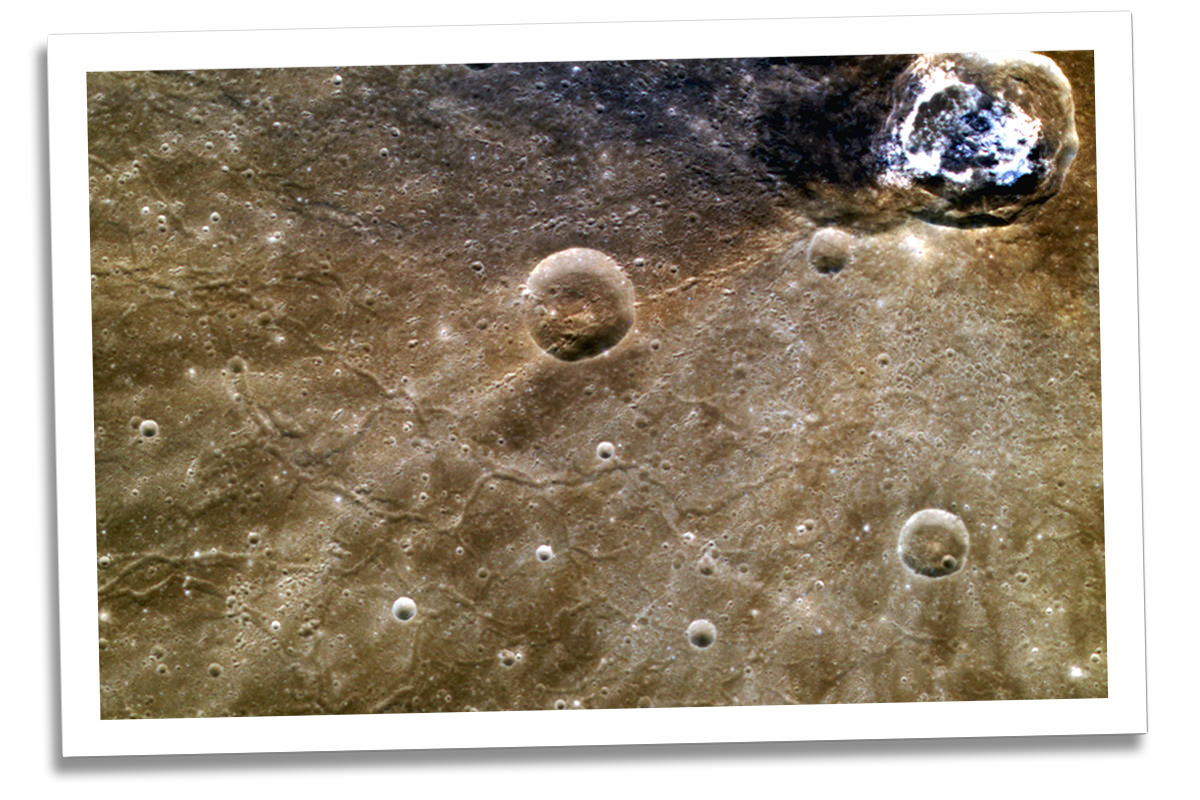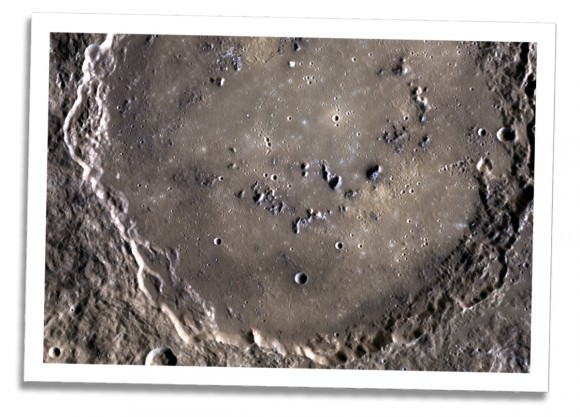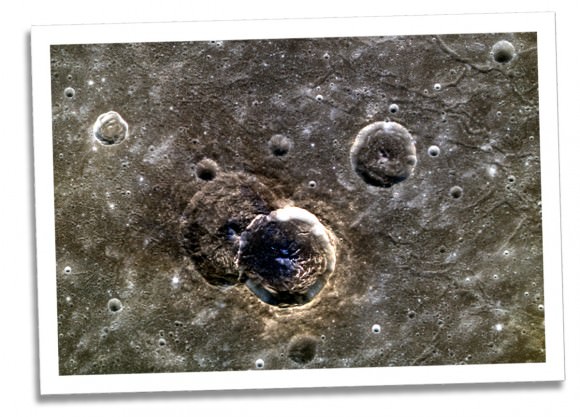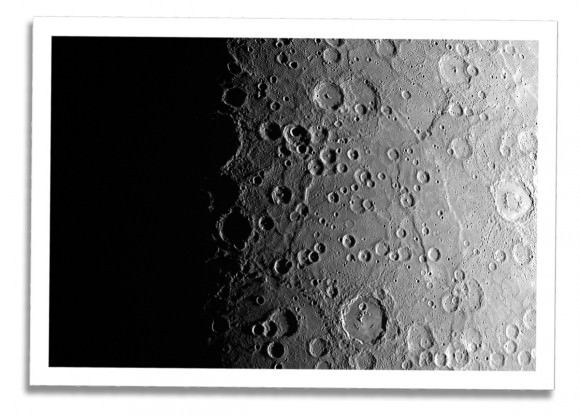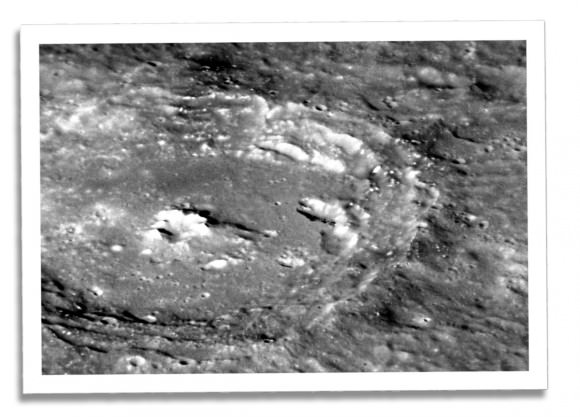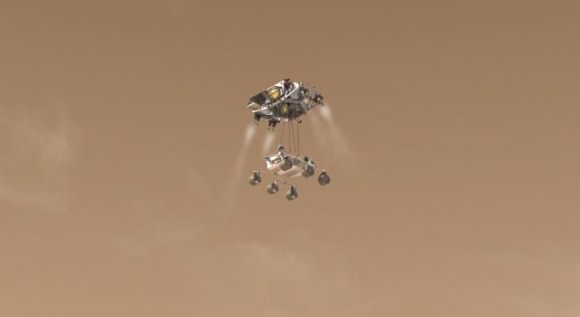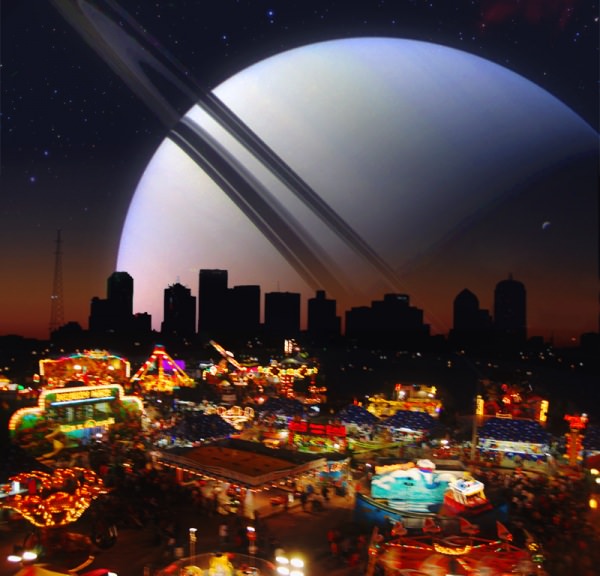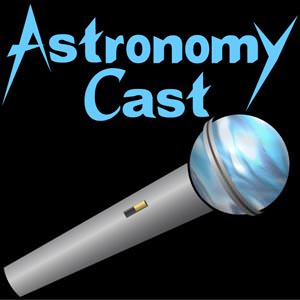Want to brush up on your astro-knowledge? Wishing you had taken that Astronomy 101 course in college? CosmoQuest – the citizen science and web-based astronomy community — is offering online astronomy courses, and their first offering is now open for signups! “CQX 001: Solar System Science” is an 8-session, 4-week course, exploring the solar system, planetary geology, and extrasolar planets.
“Not everyone has access to astronomy and space science classes,” said Dr. Pamela Gay, the founder of CosmoQuest. “With CosmoQuest, we’re looking to make the universe accessible to everyone at a cost comparable to what you might pay for dance or music lessons.”
The classes will be offered online through a Google+ Hangout, and this first course offering will be taught by someone familiar to Universe Today readers: Ray Sanders, who contributes to UT and also answers astronomy questions at his blog, Dear Astronomer. Ray is a research assistant at Arizona State University.
“By combining Hangout technology with educational content, we’ll be able to deliver an outstanding classroom experience,” Ray said. “In this first course, CosmoQuest students will be able to participate in typical “Astro 101” solar system course material – our Sun and its planets. We’ll also briefly explore Pluto’s status, astrobiology, geology, and planetary systems outside our solar system.”
“Solar System Science” is just the first of many classes that CosmoQuest has planned.
“In the coming months, we’ll be opening courses on data reduction, observing, stars, galaxies, and more,” said Pamela. “Our goal is to prepare people to take part in more and more advanced citizen science programs over time.”
If you’ve ever participated in a Google+ Hangout, you know how fun they can be. Here’s a chance to use a Hangout to really put your brain to work over the summer!
“By keeping the classes small and meeting “face-to-face” using Google Hangouts, CosmoQuest’s online classes let students engage in content-rich real-time dialogue with their instructor and fellow classmates,” said Georgia Bracey, who is with the Education & Public Outreach team at Cosmoquest. “This brings a high level of flexibility, depth, and student-centeredness to the class in a way that’s not usually possible in a traditional lecture course.”
The cost for the class is $240, and the class is limited to 8 participants. This first CosmoQuest Academy class begins on July 24, 2012. You can find out more information and sign up at this link.


